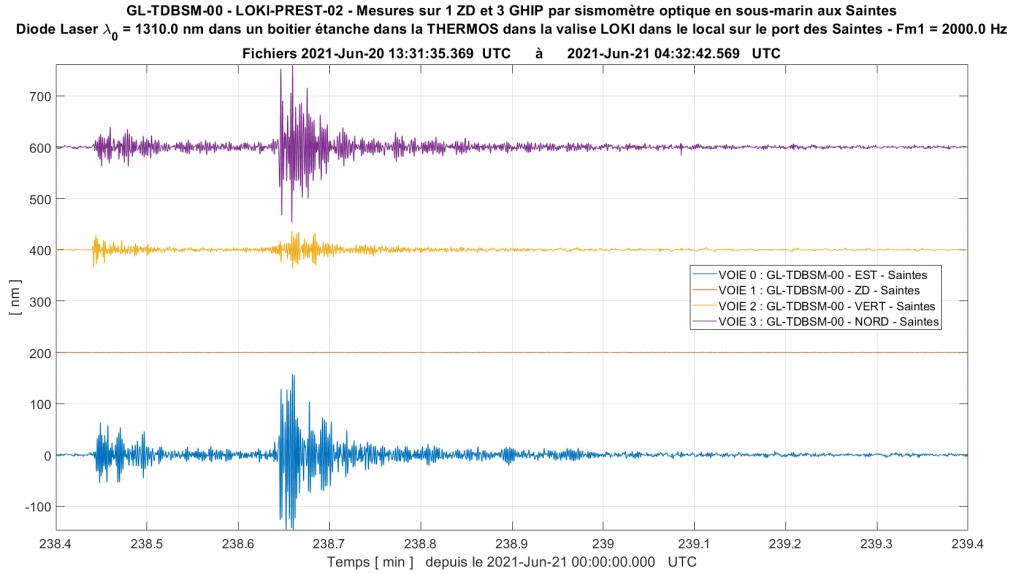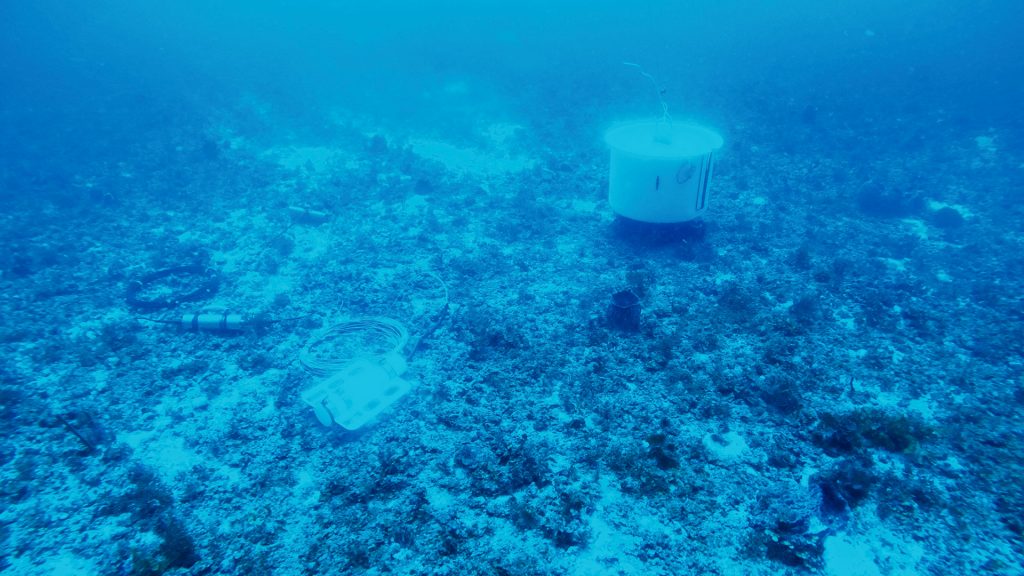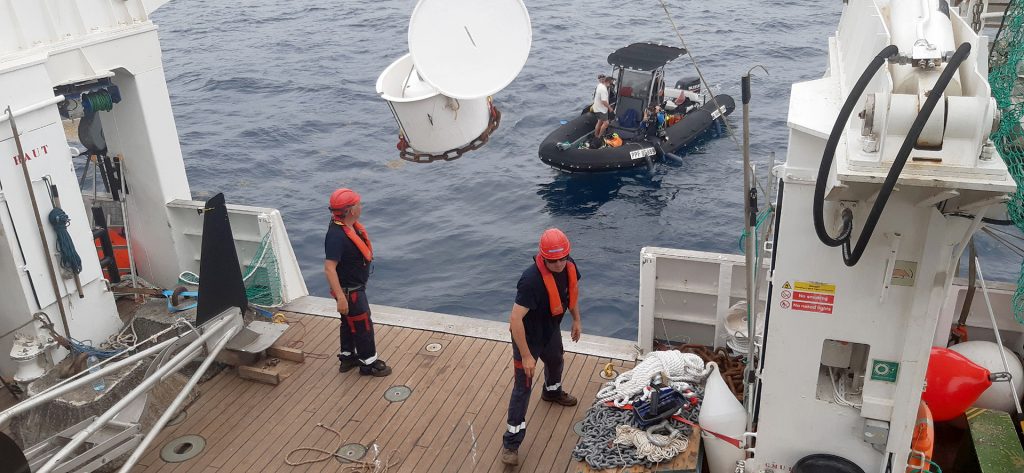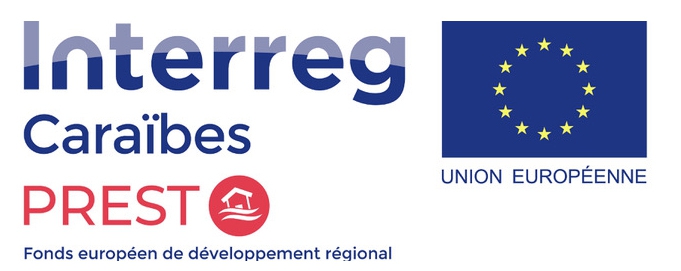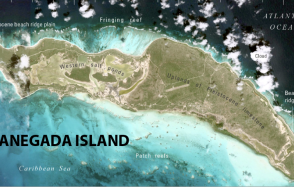Successful installation of the first connected underwater observatory in Guadeloupe
By recording its first earthquake on Sunday, June 20th, 2021, two days after its installation was completed, the new optical underwater observatory in Les Saintes quickly demonstrated its usefulness!
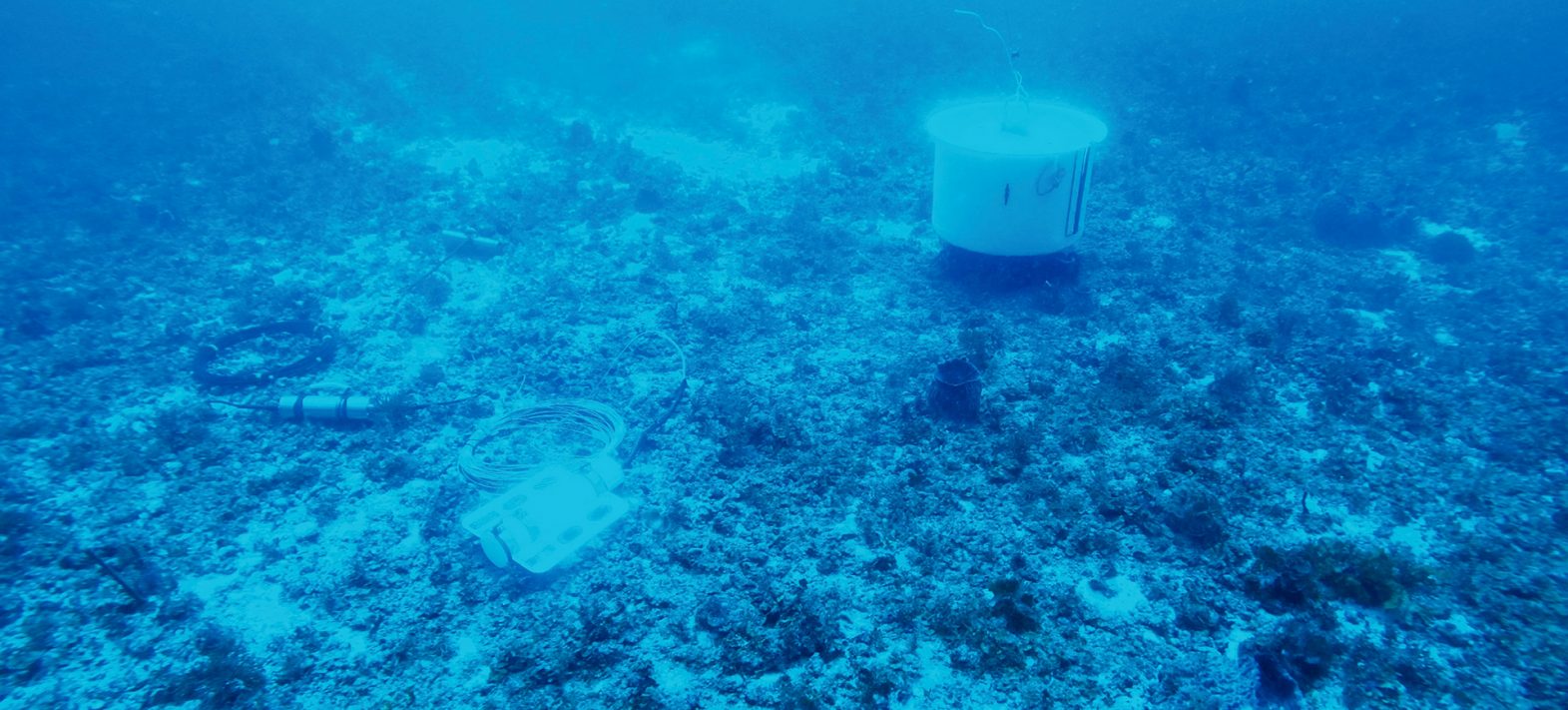
Publication date: 30/06/2021
Observatories, Press, Research
Related observatories : Volcanological and Seismological Observatory of Guadeloupe (OVSG-IPGP), Volcanological and Seismological Observatory of Martinique (OVSM-IPGP)
Related teams :
Tectonics and Mechanics of the Lithosphere
Related themes : Natural Hazards





